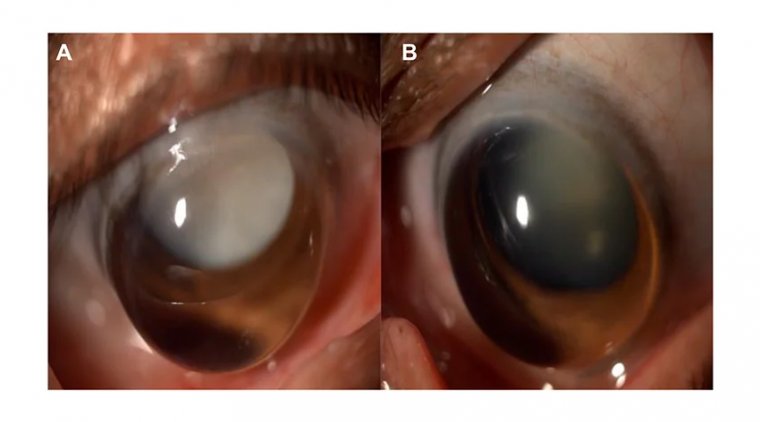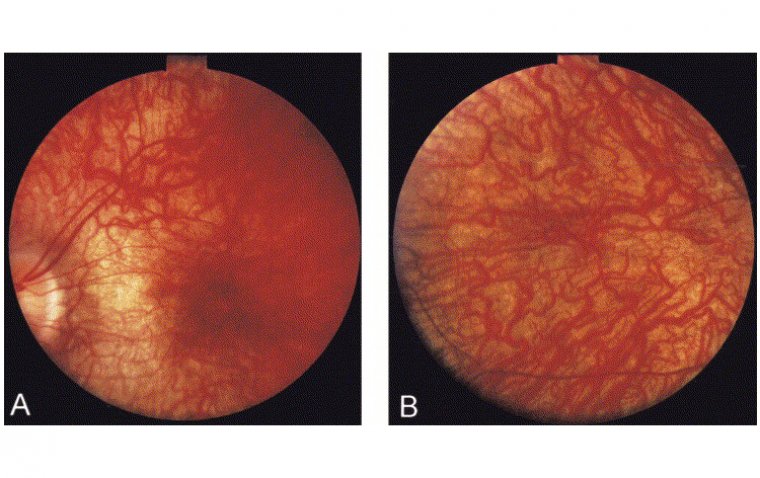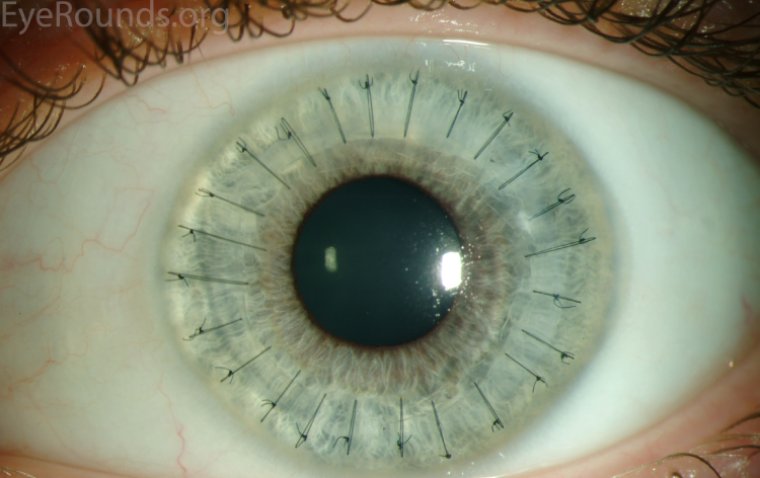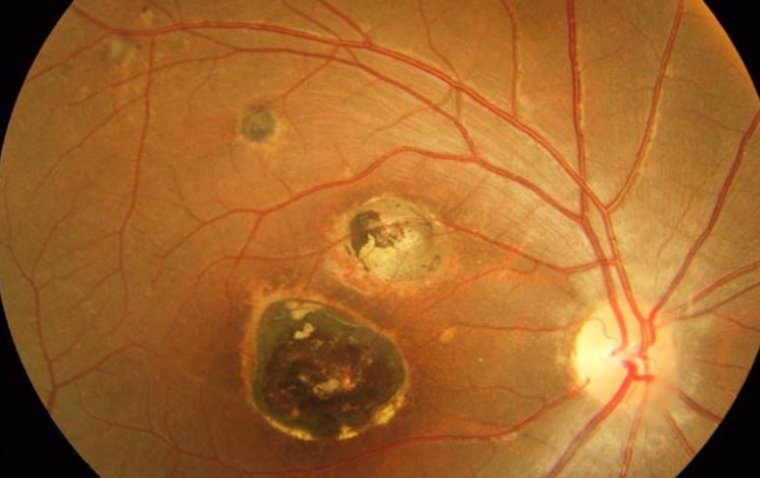
Understanding Intumescent Cataracts: A Brief Overview
What is intumescent cataract?
Intumescent cataracts are mature or older stages of cataract. This cataract is the result of degeneration in lens proteins leading to swelling of lens, followed by shallow Anterior chamber, secondary angle closure glaucoma and vision impairment.
What are the causes of intumescent cataract?
Etiology
Main Factors leading to the development of Intumescent Cataract are: -
●Untreated immature cataracts
● Exposure to UV rays
●Heatwaves exposure
●Infrared light exposure
●Radiation exposure in eyes over long periods of time
●Electric Sparks
●Eye rupture
Signs and symptoms of intumescent cataract
●Irritation or discomfort in eyes *Constant fatigue and strain in eyes
●Blurred Vision due to opacification of lens
●Diminution in visual acuity
●Vision may be reduced to movement of hands or counting fingers hindering day to day activities of patient
●Trouble seeing in dim light
●Need brighter than usual light for reading
●Holding objects closer to the eyes for clear vision
●Inability to differentiate colors
●Double vision
●Frequent changes of eye glasses
Managing intumescent cataract Diagnosis
●The Image Test is used for sure diagnosis of intumescent cataract.
●Slit lamp bio-microscopy shows an opaque white lens with a rigid and inflexible anterior capsule.
●Anterior segment optical coherence tomography revealing a lens thickness of 5.36 mm or more.
●Intumescent cataracts resulting from trauma show a capsule break and pigment residues on the anterior lens capsule
●Scheimpflug densitometry is utilized to measure the opacity of the lens, high density means a large nucleus more likely to be intumescent cataract.
Physical Examination
During the course of cataract development, Intumescent cataract lies between immature cortical and mature corticonuclear cataract stages. Intumescent cataract is, however, somewhat a later stage of cataract. It appears clinically as, a white crystalline opacity in the lens cortex. In intumescent cataract there are prominent sectoral markings present in the anterior cortex.
Effective treatments
●The only choice is surgery, for the removal of the opacified lens, this process is known as lens extraction or cataract removal.
Intracapsular extraction, with emulsification and aspiration of nucleus. In Intracapsular extraction, lens is removed along with its capsule. Emulsification and aspiration are used to remove the ruptured inner part of lens.
Recently, the removed cataract is replaced by a plastic intraocular lens. In this scenario, the inner parts of the lens are taken out, leaving the capsule intact and the intraocular lens is placed inside the capsular bag.
How to prevent intumescent cataract
●Getting immature and untreated cataract surgically removed before it reaches a mature age.
●Intumescent Cataract is chiefly due to the inappropriate hydration of the lens leading to swelling in it. Factors which may lead to it must be kept under a strict surveillance, as an example Diabetes Mellitus.
●Abstinence from exposure of heat and other radiations for longer periods of time to decrease irritability in the eye.
●Using glasses and eye shields while being exposed to sun. This will diminish the effect of heat directly on eyes.
●Prevention of eye trauma by using eye wear protection for UV and infra-red radiation
(1).jpg)










